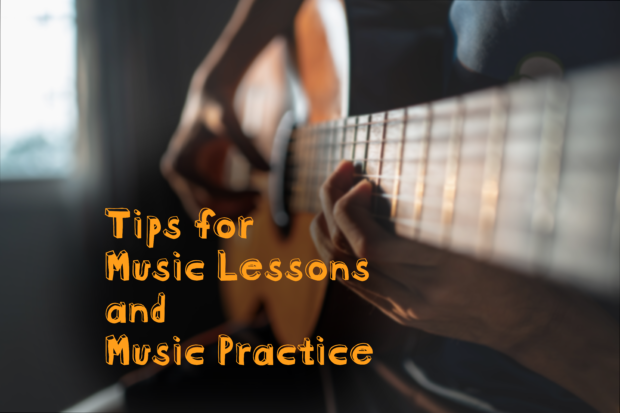
Tips for Students
Select Music – Choose a piece that is right for you. The student that plays the fastest music or the music with the most notes isn’t always the one who gets the trophy. The perfect piece is the one you can play musically and with confidence.
Daily Practice – Jamming all of your practice into the last few days before your performance can deliver good results – just not the best. You stand a far better chance of giving a perfect performance, if you practice consistently for several weeks or months before your performance. It will give your fingers and brain plenty of time to build muscle memory.
Practice Very, Very Slowly – Most kids never discover their full potential – whatever age they are – because they don’t practice slowly. When I say “slowly,” I mean very, very slow. Practice at a tempo that allows you to discover and work out flaws in your performance that might not be heard at a faster tempo.
I LOVE seeing the smiles come over a student’s faces when their potential is realized. All it requires is trading a few minutes of very slow practice, for an incredibly satisfying result.
Record Practice Performances – When you think you’re ready, record your performance and watch it. You’ll probably discover a few things you could improve on.
Here’s a checklist of things for you to consider in the order of importance.
1) Steady Beat (Tempo) – Are you playing with a steady beat? Playing with a steady beat (tempo) is the foundation to a good performance.
2) Dynamics – Some pieces don’t have many dynamics. If they do have dynamics, or your teacher feels dynamics should be added to make your piece more interesting, do your best to play them. It will make your performance stand out from the competition.
3) Note and Rhythms – Playing the right notes and rhythms is important. It’s where you start. When you’re ready, work on the other stuff. It’s this stuff that separates an average musician from a superstar!

Recent Comments